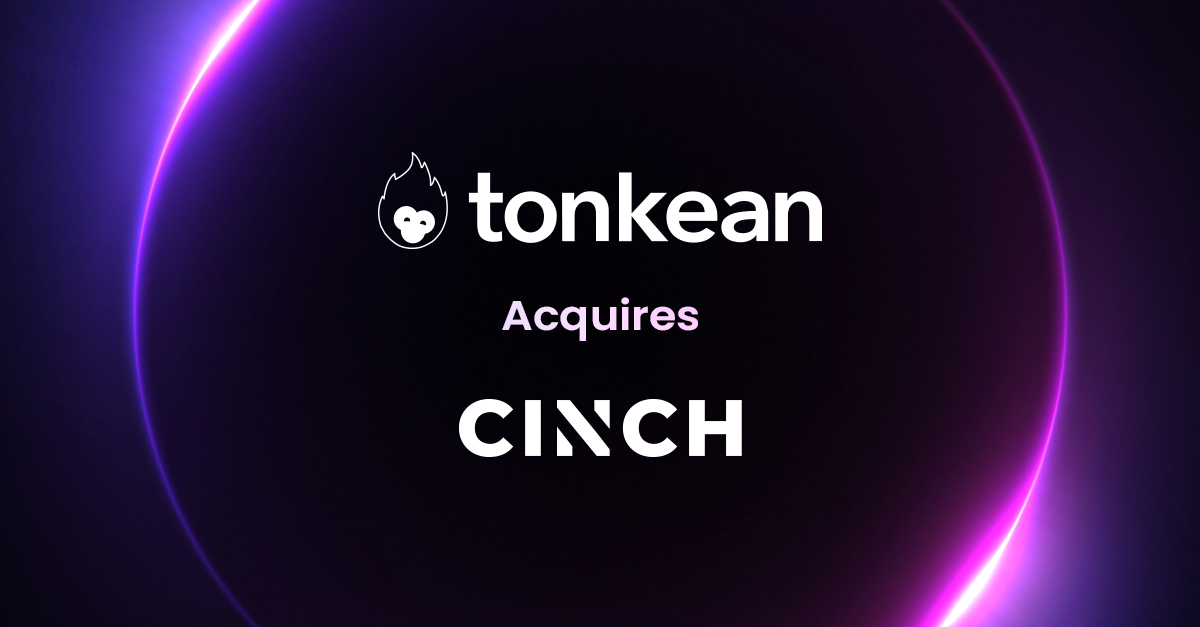
Automation software is sometimes thought of as a monolithic technology category, with each kind of automation tool presumed to be capable of accomplishing the same things.
The truth, however, is that automation tools vary greatly in functionality across type, and should be used in accordance with those differences to accomplish specific things.
In fact, organizations will only get true value out of the automaton software they invest in if they’re using those tools in accordance with their intended purpose.
These distinct purposes give the automation landscape, populated by several different categories of automation tools, definition. Educating yourself around those distinctions is an important first step before deciding what kind of automation software is right for you and your organization.
A good place to start: the difference between workflow automation and task automation.
Task automation broadly entails automating a single task or function without human intervention. Executed well, it makes traditionally time-intensive, manual processes more efficient and reliable.
An example of task automation software that can be used to this end is robotic process automation (RPA). RPA was developed over a decade ago as a method of automating tasks and mimicking how human workers interact with desktop applications. Today the automation solutions are built using software scripts that are referred to as software bots, or simply “bots” for short.
RPA bots can be used to automate tasks on top of hard-to-integrate systems—i.e. systems without APIs—which are handled today by human inputs. RPA bot building has even advanced to include the ability to build bots using new screen recorders that anchor on underlying web objects.
That said, RPA bots are not designed to facilitate dynamic or complex business processes end-to-end—only specific, human-to-machine tasks. The same is true of other forms of task automation software, only in the context of their specific use cases. Task automation in the form of iPaaS, for example (iPaaS stands for integration platform as a service), can generally only facilitate specific integrations.
Simply put, workflow automation refers to the streamlining and optimizing of workflows—or, strings of tasks and actions, residing along the same logic branch, conducted in conjunction with one another over time.
Often, workflow entails the strategic deployment of multiple automation tools—such as iPaaS tools, which facilitate integrations, or RPA, for automating high-volume repetitive tasks—at different points along the workflow. Because workflows in most organizations depend on the input of multiple different people, and sometimes departments, workflow automation likewise often requires activating a suite of stakeholders at different points in the workflow to function properly.
Workflow automation functionality is visible in tools that define themselves as process orchestration platforms, which allow organizations, among other things, a vehicle for combining elements of other automation functionalities to orchestrate, monitor, and execute complex business processes.
Certain process orchestration solutions, such as those provided by Tonkean, are no-code, and empower business users to create automation-augmented workflow solutions.
Most task automation tools, conversely, require developmental aptitude to access to use.
The key difference between workflow automation and task automation is that the former is capable of automating combinations of tasks in concert with each other, and the latter, typically, is not.
It’s for this reason, among others, that workflow automation is a better kind of automation to invest in if your goal is more holistic optimization of your operations, or to enable the business to work more efficiently and independently across functions.
Task automation is likely a better option if you have identified a task that requires lots of menial, manual work to complete, and you want to technologically offload that to a machine.
Ultimately, whether your unique needs call for a task automation tool or a workflow automation tool depends on your unique needs and what you want to accomplish. Starting with: do you want to automate tasks or longer, more complicated workflows?
Here are a few other questions to ask:
For more, check out our Ultimate Buyer’s Guide For Automation Solutions.
At the end of the day, both workflow automation and task automation offer powerful functionality that can help your organization greatly in its digital transformation efforts.
But only if you use each with strategy and purpose, and with an understanding of their differences, which matter. From Tonkean’s State of Operations report, we know that more and more people are becoming interested in automation. (87% of respondents agreed that automation was becoming “more important” to their company’s operations.) But there are lots of options available, and many vendors make similar promises. Key to choosing the right tool for your unique needs is understanding exactly what each kind of automation tool is for.

.png)